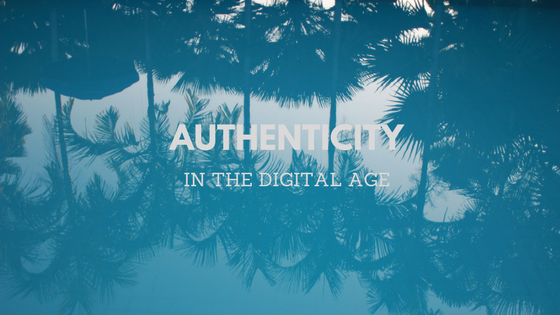Everyone has heard the phrase “never judge a book by its cover,” but we’re all guilty of this to some degree. In today’s day and age, social media is the closet thing to a “cover” we have. On our pages, we display the pictures, ideas, and keywords we feel best represent us. While we always want people to read past the cover, the reality is people will judge you based solely on your social media presence. For this reason, you want your whole, authentic image to shine through on social media and not just a fraction of your personality.
We all know the different personalities on social media. There are people who appear to have perfect lives and are always boasting about their successes and milestones. Some people overshare, and you’ll read about the good, the bad, and the mundane. Then, we have people who use social media as an outlet to vent and their feed is full of complaints and rants.
Hopefully you are not one of those people. Whether using social media for personal use or for marketing, your goal should be to have your authentic self shine through. This means allowing your whole self to be on display, not just a fraction of your personality. By doing this you are more likely to establish connections with viewers and make you more engaging.
In my experiences, I have found these factors to present authenticity on social media:
Celebrate the Positive
Social media will always be used to share achievements and accomplishments. I don’t expect, nor want, this to go away. While I encourage everyone to share their positive moments it’s a matter of how you do this. I am more receptive to people who show gratitude for their successes. This means thanking others who have helped in the journey and acknowledging struggles that encouraged growth. If you only share the outcome and not the journey, you often come across as entitled to success. When someone has earned success, I share their gratitude, but when it appears someone is handed success I usually can’t relate.
Don’t Ignore the Negative
Negativity is a part of life. If you only focus the positive, you will begin to look less human. Much like my prior point, it’s a matter of how negativity is addressed that matters. Used these moments as learning experiences and you will maintain a positive outlook while acknowledging moments that aren’t innately positive. Other times, you may not have a positive answer. In those instances, it’s OK to ask for assistance or support, just make sure there is some focus on improvement.
While this sounds easy, it’s easier said than done. Acknowledging the negative requires you to be vulnerable which does not come naturally for everyone. However, if you value authenticity, appearing less than perfect demonstrates your willingness to trust your viewers to more personal information and that will build a stronger connection with your audience.
Align With your Goals
When you’re posting about activities or day-to-day life, it should be a snapshot of who you are. Don’t just post pictures because they’re going to get likes, post them because they mean something to your brand. If you’re a business, posting a picture of your staff volunteering will likely get attention from viewers, but it’s more meaningful if you align this picture with your goal of community development. This remains true on personal social media. If you post a picture of your coffee, but you’re not a coffee drinker, it may seem like you’re fishing for attention because this is a “trendy” thing to do. If you relate this picture of coffee back to your recent trip to New York, at least it relates to an exciting moment in your life.
Talk Like a Real Person
There are times when you need to use proper English and grammar, but social media is more forgiving. I’m not saying to never proofread and ignore punctuation, but using acronyms, slang, and contractions can definitely be acceptable on social media. Know your audience, and talk to them in language they understand. I’ve seen a number of companies communicate using memes and gifs, and this can work! If you’re trying to appeal to a younger, internet-savvy audience, they will understand how images convey emotion… just don’t overdo it.
Respond!
The easiest, and most obvious way to show people are interacting with a real human is to respond to comments and messages. If you’re just posting things to get likes, you’re not engaging with your audience. People want to know their opinions are valued and responding to comments is one of the easiest way to show this.
Conclusion
Ultimately, being authentic is a matter of allowing your audience to see a the real person behind the account rather than a robot or a character designed for social media. This involves getting personal and ensuring your content is focused. The thought may need intimidating at first, but it will lead to greater success and more engagement.
We know authenticity is valued when it comes to branding, and sometimes a few tweaks can take your posts from generic to authentic. Whenever I identify the elements I’ve mentioned above, I begin to feel a deeper connection with the poster. That should be the goal! And when you appear authentic, your audience will take notice and want to return.





